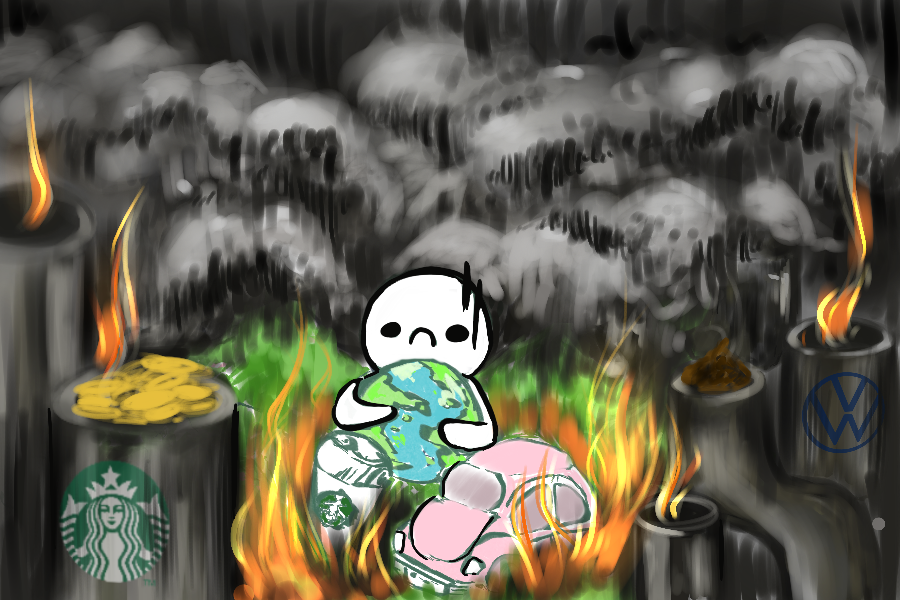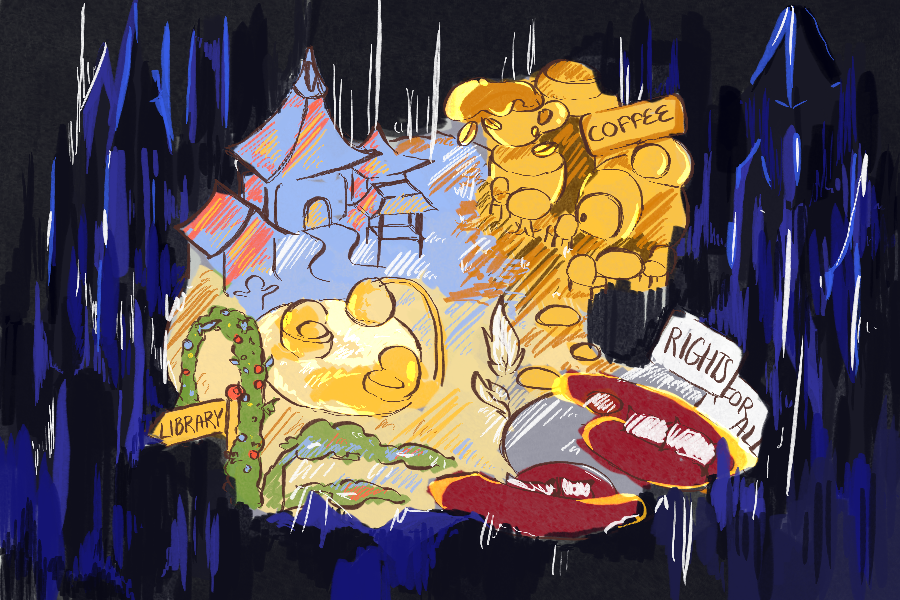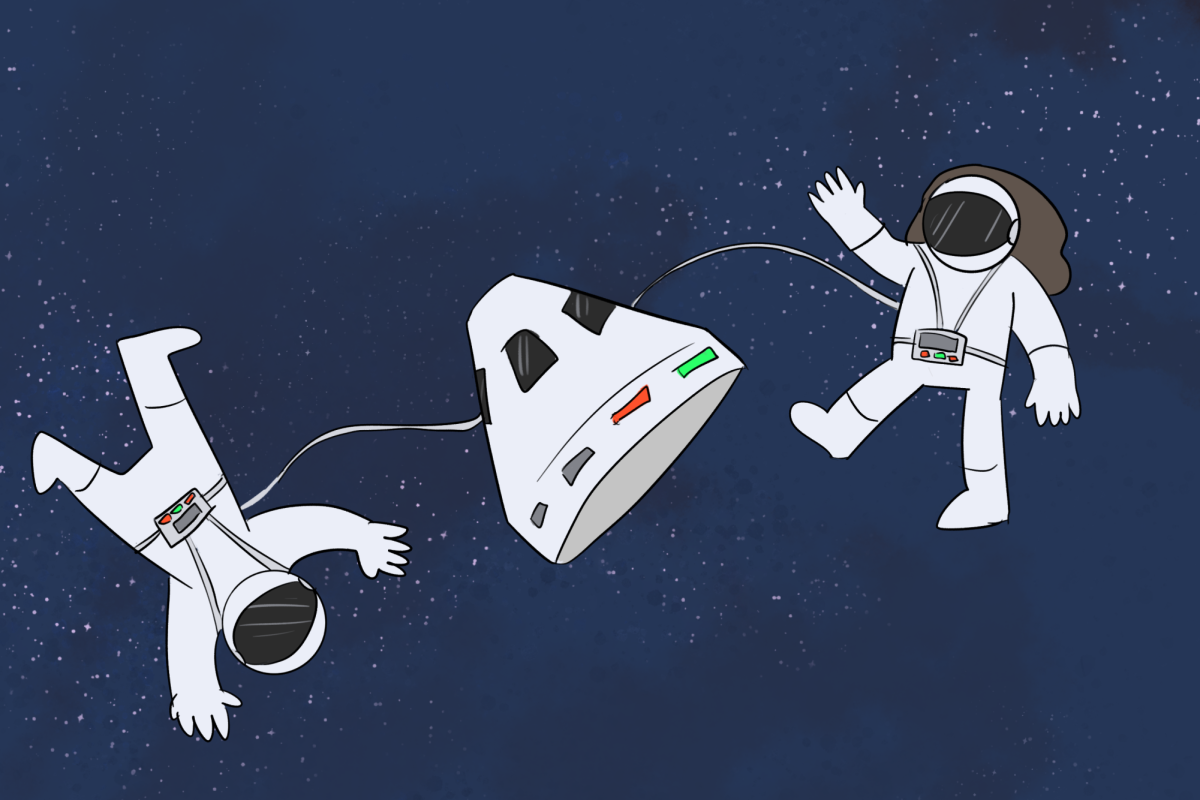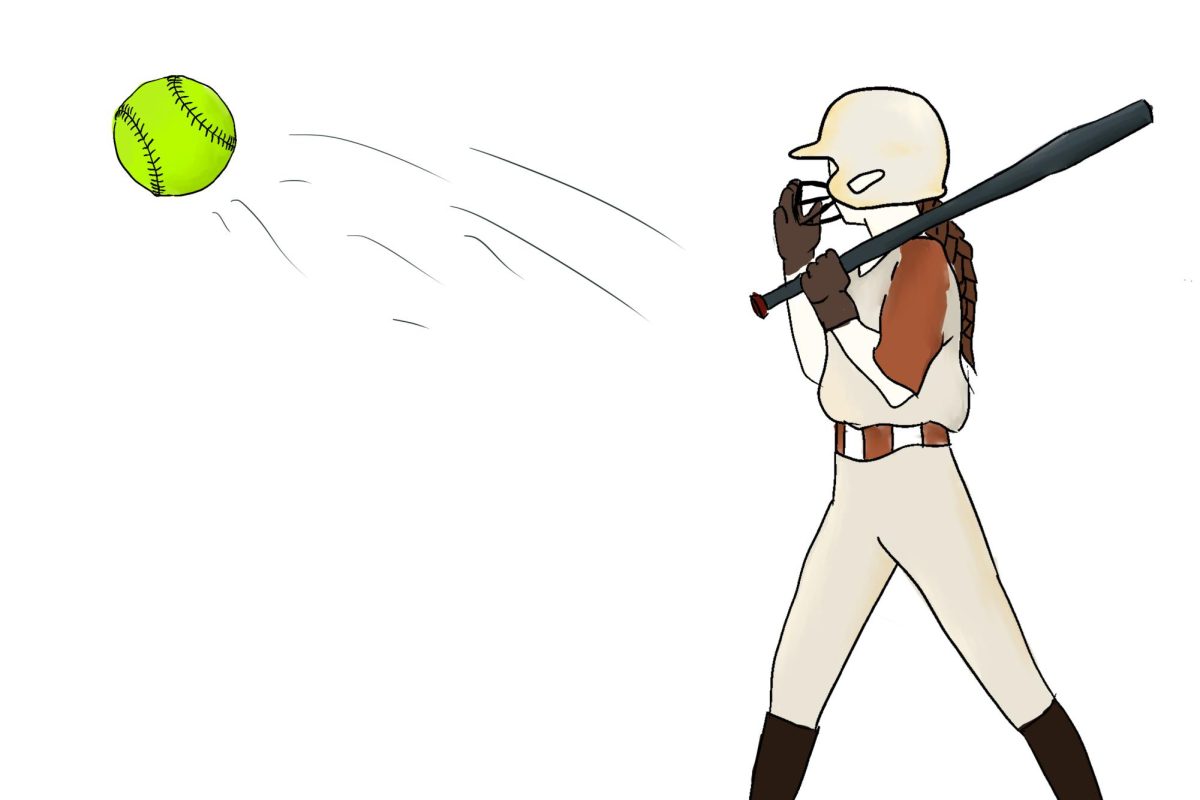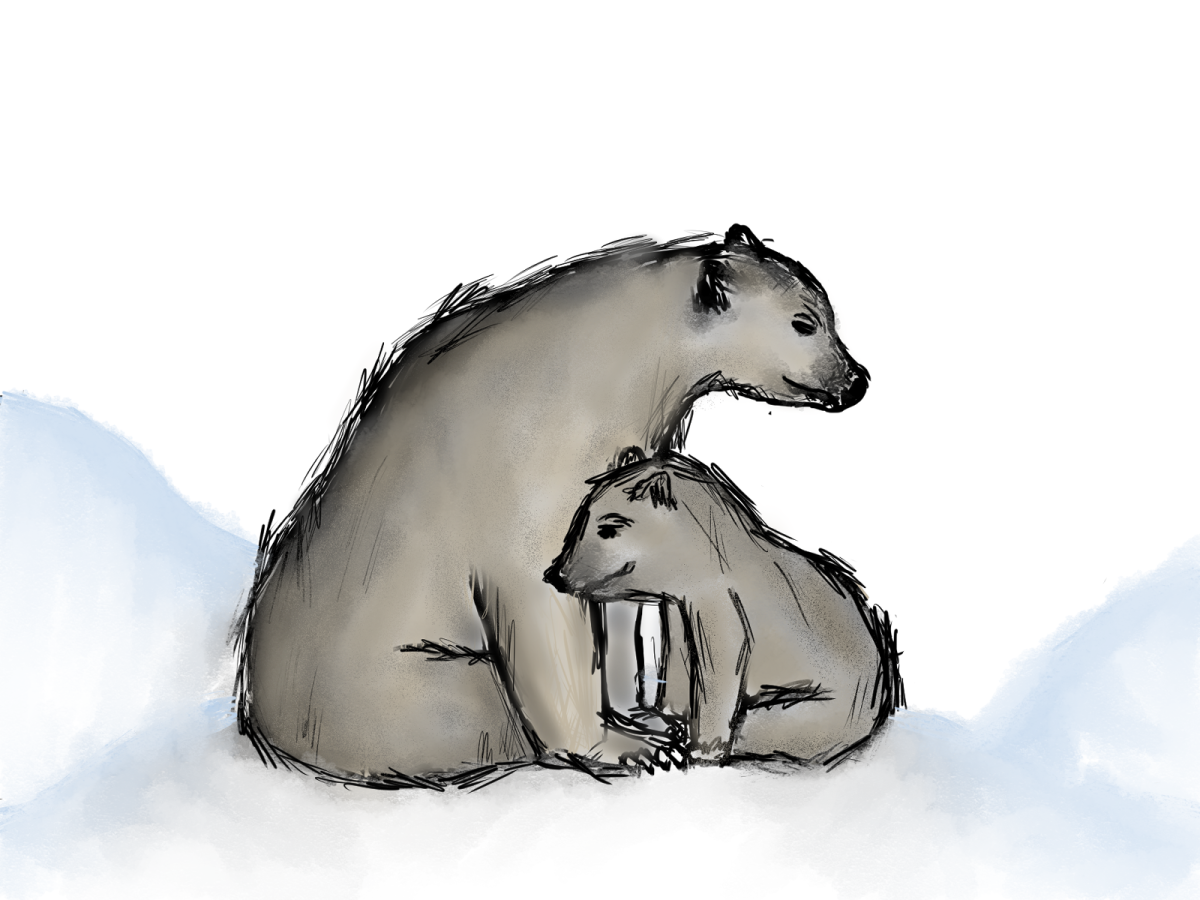In a study conducted from August to September of 2019 and 2022, scientists measured the diet, daily energy expenditure, behavior, and body composition changes of twenty polar bears. Their findings and implications were published in Nature earlier this February. The study was in Manitoba, Canada, the southern range of polar bear habitats, allowing researchers to build a better understanding of the full scope of the harmful effects that climate change has on bear populations.
Polar bears gain most of their energy and fat from feeding on marine mammals that they hunt on sea ice. When this ice melts in the spring, they live on land until fall, when the ice solidifies again. As a result of global warming, sea ice has been melting earlier and reforming later in the year, meaning polar bears are forced to spend more time on land–between 1979 and 2015, the annual on-land period increased by around three weeks. While this may not seem significant, it has negatively affected the bears’ fat stores, pushing them closer to starvation.
The polar bears in the study tended to take one of two strategies to adapt to the decrease in time on sea ice. Some chose to be sedentary for the majority of the time to lower their energy expenditure levels to those similar to hibernating bears; polar bears do not undergo hibernation. Other polar bears spent time looking for more terrestrial food, but the food’s calories only made up for the calories lost foraging for that food. Interestingly, the strategy that each one took did not seem to correlate with factors such as the age or sex of the bear. Regardless of which strategy a bear chose, most lost weight at a similar rate—around one kilogram per day.
Scientists studying the data were able to estimate the dates when each bear would enter starvation and no longer have the necessary nutrients to survive. Unsurprisingly, younger bears were the most affected by malnutrition, specifically young females. During one year of the study, with the exception of two young females, most of the bears were expected to be able to survive until the solidification of sea ice in November. However, with continued rates of global warming, earlier starvation will likely impact larger portions of polar bear populations.
In recent years, researchers have also seen polar bears in more southern areas, like Manitoba, migrating north to live in areas where sea ice remains solid for longer; this is expected to negatively affect people. Places like Manitoba already have the infrastructure to accommodate the large risk polar bears pose to human life and property, but once the bears move habitats, cities and populations in these new regions may not be properly prepared to coexist with polar bears when they are not on sea ice.
While it is impossible to reverse the effects of climate change, humans can still work to flatten the global temperature increase rate. In order to do that, we must reduce greenhouse gas emissions, which trap heat in Earth’s atmosphere and lead to global warming. Polar bears are not the first species to face a high risk of extinction in the wild, and they will not be the last unless we make changes to protect the environment.































































